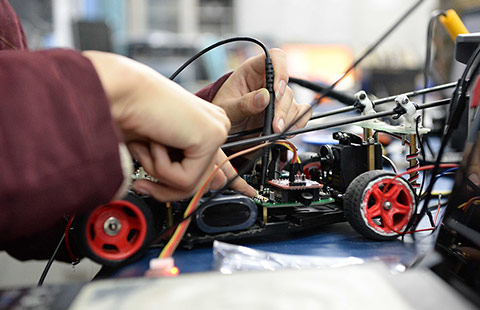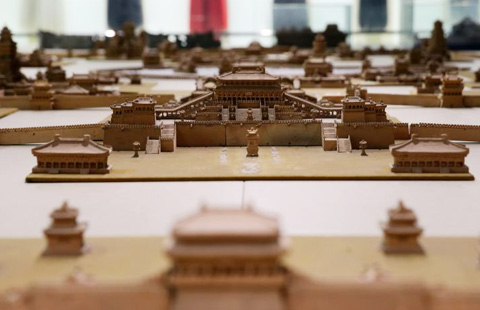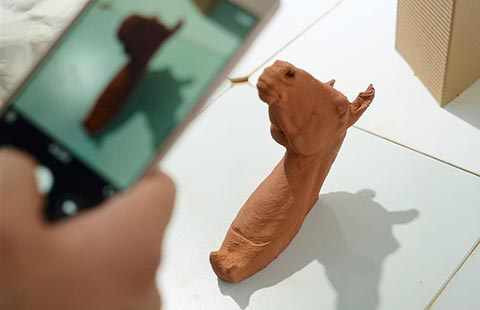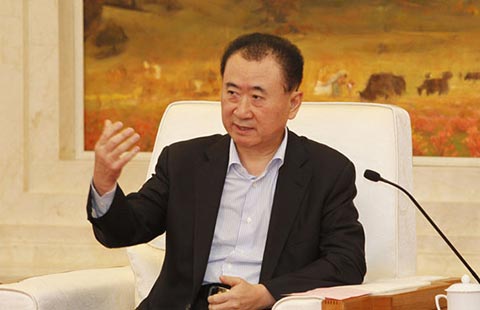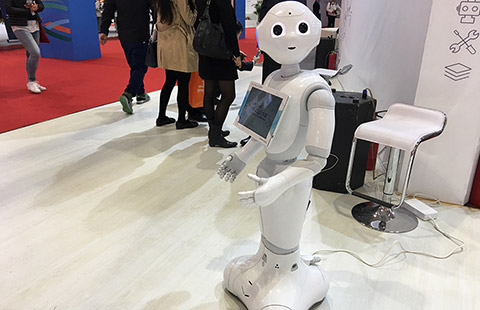Toy makers feel pinch of decrease in exports
By Shi Jing in Shanghai (China Daily) Updated: 2013-01-28 10:21Hong Kong Trade Development Council reported in its China's Toy Market Report released in August last year that it is estimated about 75 percent of toys worldwide are made in China.
It highlighted the main toy production and export bases are the "five provinces and one city": Guangdong, Jiangsu, Shandong, Zhejiang and Fujian provinces and Shanghai municipality.
The bulk of toy exports are produced to original equipment manufacture orders for foreign brands.
However, the report concluded that foreign products and products made by Sino-foreign joint ventures make up the lion's share of the Chinese toy market and the majority of the locally-made toys remain at the medium- to low-end of the market.
Their product range is limited, with plush toys and wooden toys being the mainstay. In terms of pricing, there is also a huge gap between Chinese made toys and foreign brands.
As such, Chinese toys still maintain a strong edge in the medium- to low-end segments of the market and practically monopolize sales channels in the wholesale market and among individually-run retailers.
Zhejiang Muwan Toys Co, a 40-year-old company, which specializes in the production of wooden toys, started looking at its e-commerce functions as early as 2007.
"Apart from the department store Bao Da Xiang Shopping For Kids, which is famous in Shanghai, we have been using e-commerce a lot and are one of the first toy makers in China to start B2C services," said Yu Jiangnan, its regional marketing manager.
Although the company does no export business, it expected to achieve 30 percent growth in 2012.
"We are also producing toys to our own design, which is another comfort to customers, especially at a time of economic uncertainty," he said.
Like so many area of modern life, electronic devices such as the iPad are having an effect on the Chinese toy industry.
According to industry experts, many parents consider them to be a companion for their children and, as such, should not be seen as a threat to them using or enjoying toys.
The current Chinese toy market is differentiated according to age groups, with toddlers and babies under the age of 5 being the major buyers of traditional toys and those above 5, able to use iPads and other electronic devices to play on, according to Euromonitor.
Much the bigger threat to the industy, it says, is from those companies ignoring intellectual property rights, designing or selling products illegally.
According to Euromonitor, only 60 percent of toy makers in China are considered "authorized".
"Without an awareness of the intellectual property rights, there cannot be sound competition in the market.
"It would also be difficult for Chinese toy makers to establish their own brand names," said Zhang of Euromonitor.
shijing@chinadaily.com.cn
- Toy snakes popular as Year of Snake approaches
- Hong Kong Toy & Games Fair kicks off
- Global firms have lots to play for in China's toy market
- Teddy Bear Musuem opens in Chengdu
- Toy makers in Christmas frenzy
- Toy firm set to play abroad
- Export slump bogs China's toy makers
- Toy makers explore growth breakthroughs
- Chinese firm launches R&D on 600 km/h maglev train
- Humanoid robots shine at the World Robot Exhibition 2016
- China's healthcare M&A deals surge in H1
- China's property loans surge in Q3, home prices curbed
- GAC Fiat Chrysler to recall 68,699 vehicles over gear box problems
- Sino-French JV to develop giant cargo airship
- Asian regional financial cooperation to bring new growth momentum
- Intelligent vehicle innovation club in NE China


